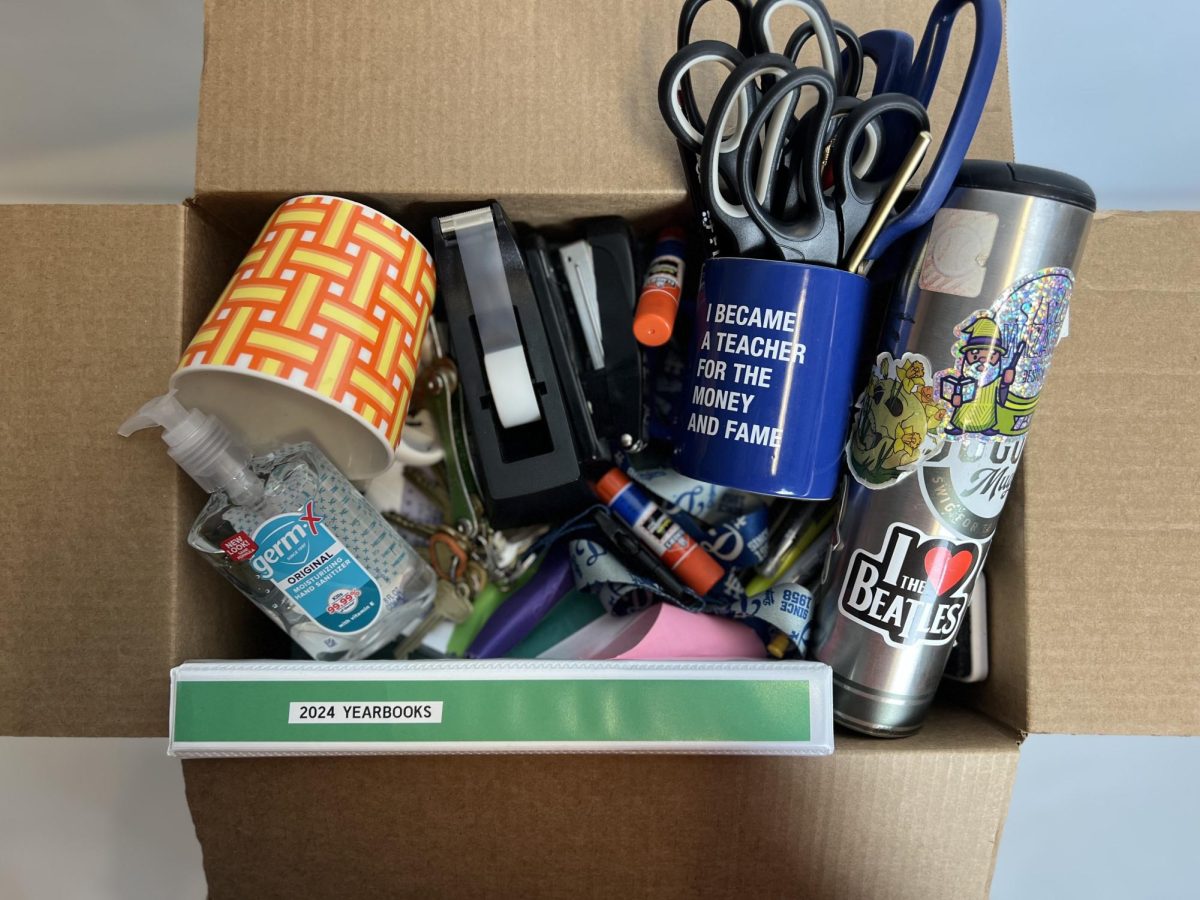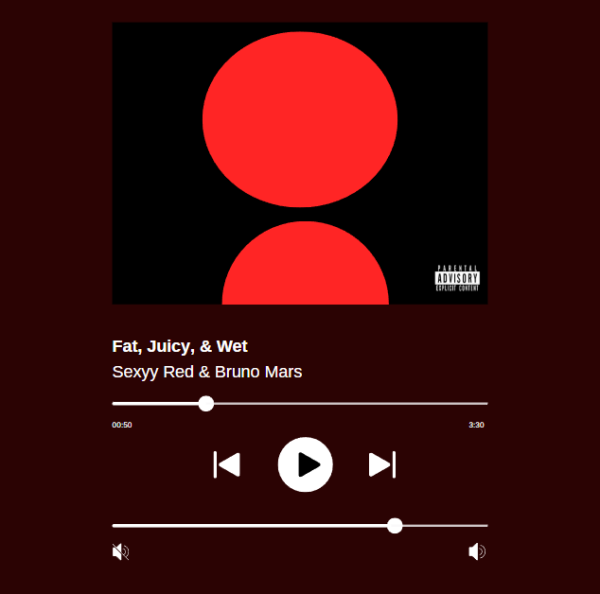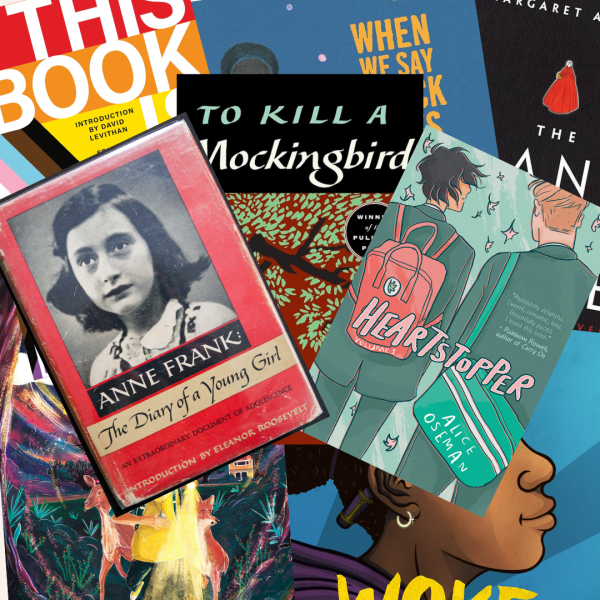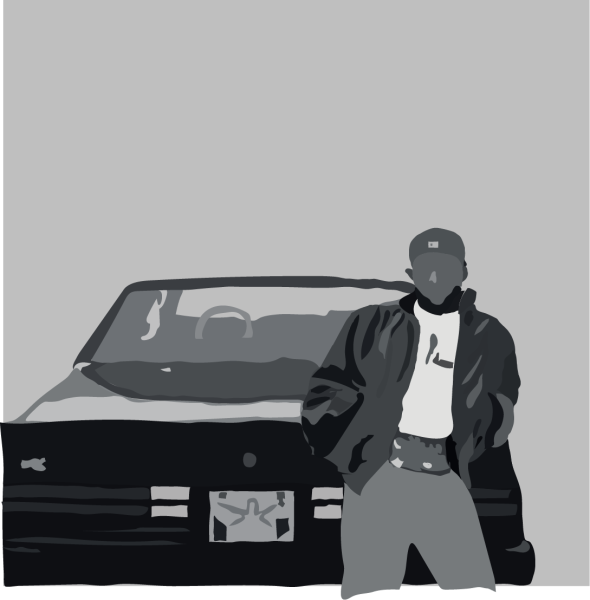Connection at a cost: How the technology industry is working against users
“The Social Dilemma” explains how mental illness, addiction, and manipulation are the three key components of Silicon Valley.
A student takes a picture for their social media page, posting it for their followers to see.
TW: suicide
Social media has become the cornerstone of life for most teens. Amidst the pandemic, students have taken to social media for multiple reasons: self-expression, communication with peers, or combat boredom. Apps like TikTok and Snapchat were used before COVID-19 but gained popularity as young people were forced to stay home.
There are positives to using social media, and ways to use it as a tool. For example, by following the ASB Instagram page, you can see updates on happenings surrounding school news. We can also connect with friends and family all around the world, and generate a sense of closeness even while being far apart. However, there are hidden costs of using social media, and there are consequences that even the creators of these platforms did not intend.
“The Social Dilemma” on Netflix is a docu-drama, featuring a fictional family with adolescents demonstrating the effects of the issues discussed in the film. The three kids all show different ways social media can affect you. The oldest despises social media, and encourages the mother to take control of the younger kid’s technology usage. The middle child is in high school, and doesn’t think much of his social media usage. He slowly becomes more addicted to his phone throughout the movie, with a climax in his compulsion to his phone at the end. The youngest child is 11, and already has a phone with social media. She is affected by cyberbullying as well as an uncontrollable addiction to her phone.
In the documentary, Tristan Harris, Google’s former Design Ethicist and the Center for Humane Technology co-founder, said a lot about the character of the tech industry and how detrimental it can be. He is referred to as the “closest thing Silicon Valley has to a conscious” (30:26.) In one of his monologues about technology, he used the example of the invention of the bicycle. “No one got upset when bicycles showed up. Right?” Harris said. “Like if everyone’s starting to go around on bicycles, no one said, ’Oh my god we’ve just ruined society.’”
He explained that a bicycle is a tool because it does not demand anything from the rider. In contrast, social media technology has created an environment of manipulation. We, as the users of social media, are not the customers, rather, we are the product being sold to advertisers on the platforms. The advertisers are the customers.
This is referred to as the “attention economy” where the currency being sold to advertisers is our attention. The more we click and refresh, the algorithms of the social media platforms get stronger and send more appealing content our way. When we click on ads, the social media platform makes money. In this way, we are being used as tools to support this trillion dollar industry.
So, why is this so bad? There are a multitude of reasons. One major reason is that our clicks impact the future content that’s sent into our feeds. This creates an ideological bubble around us, reinforcing our “likes” and beliefs. This results in more polarization and less tolerance among our country’s population. The notion that good people with good motives can have different opinions is decreasing. Truth, civility and rational discourse are declining. The rise in social media use parallels the divisions in our societies.
This docu-drama asked the question, “Which industries refer to the consumer as ‘user?’” The answer is addictive drugs and software manufacturers. Every time you open up your social media app and start scrolling, you get a dopamine hit. Dopamine is a neurotransmitter used by nerve cells to send messages. In a study done by Harvard University, when dopamine is released, we feel a jolt of pleasure, that is similar to how you feel when you treat yourself. When a person eats sweets or uses addictive drugs, dopamine is released as well and causes the desire for even more sugar, drugs, gambling, whatever is driving the dopamine release. Social media creates the same effect.
Sugar used to be a scarce substance, but now is available in abundance. With the desire to consume more sugar, due to the availability and addictive nature of sugar in terms of stimulating dopamine release, we have seen a rise of Type II Diabetes (adult-onset), heart disease and obesity in our population. Similarly, there are population effects as a result of social media use. These include increases in relational aggression, more polarization, decreased productivity and mental health compromise. Users of social media are so addicted to the reward of the “likes” and agreeable comments and the resulting dopamine hit that comes with it. These effects are demonstrated in the film through the interactions the children have with their peers and families.
Mental health issues that have resulted from social media use were well-documented in “The Social Dilemma.” “Generation Z,” those born after 1996, are the first generation of kids who were able to use social media on a smartphone in middle school, are the most affected of all. Although students are not partying or drinking alcohol as much, they are sitting at home suffering from FOMO, a common abbreviation standing for “Fear Of Missing Out,” while refreshing their screens.
According to the Child Mind Institute, between 2010 and 2015 there was a 33% increase in depression and 65% increase in suicides in students ranging from eighth to twelfth grade. Social media has created the sense of grasping for something else – another like, “comment”, or affirmation, which leads to yet another desire to post another “perfect” picture that will yield even more. There is never enough to create a constant dopamine high, so the quest continues. Until we realize that nothing coming out of social media will result in permanent happiness, we continue the cycle.
What can we do as consumers using social media to decrease its negative effects? Reading books and local news rather than depending on social media feed as a source of information is one place to start. Talking with friends and adults face-to-face has a different dynamic than exchanging comments in a post or DM and limiting time spent on social media with awareness that these platforms are addictive can offer other options. If social media platforms were restructured so that users had to pay, rather than be sold as a product to advertisers, the dynamic may change and social media could be used more for it’s benefits of keeping friends and family close and as a tool to get information important to our day-to-day lives. With some effort, we can make social media our servant and not our master.
Your donation will support the student journalists of West Linn High School. Your contribution will allow us to continue to produce quality content by purchasing equipment, software, and continuing to host our website on School Newspapers Online (SNO).

When she's not writing for wlhsNOW.com and the Amplifier, Karina Rower, senior, enjoys working to promote diversity with Affinity Club and volunteering...

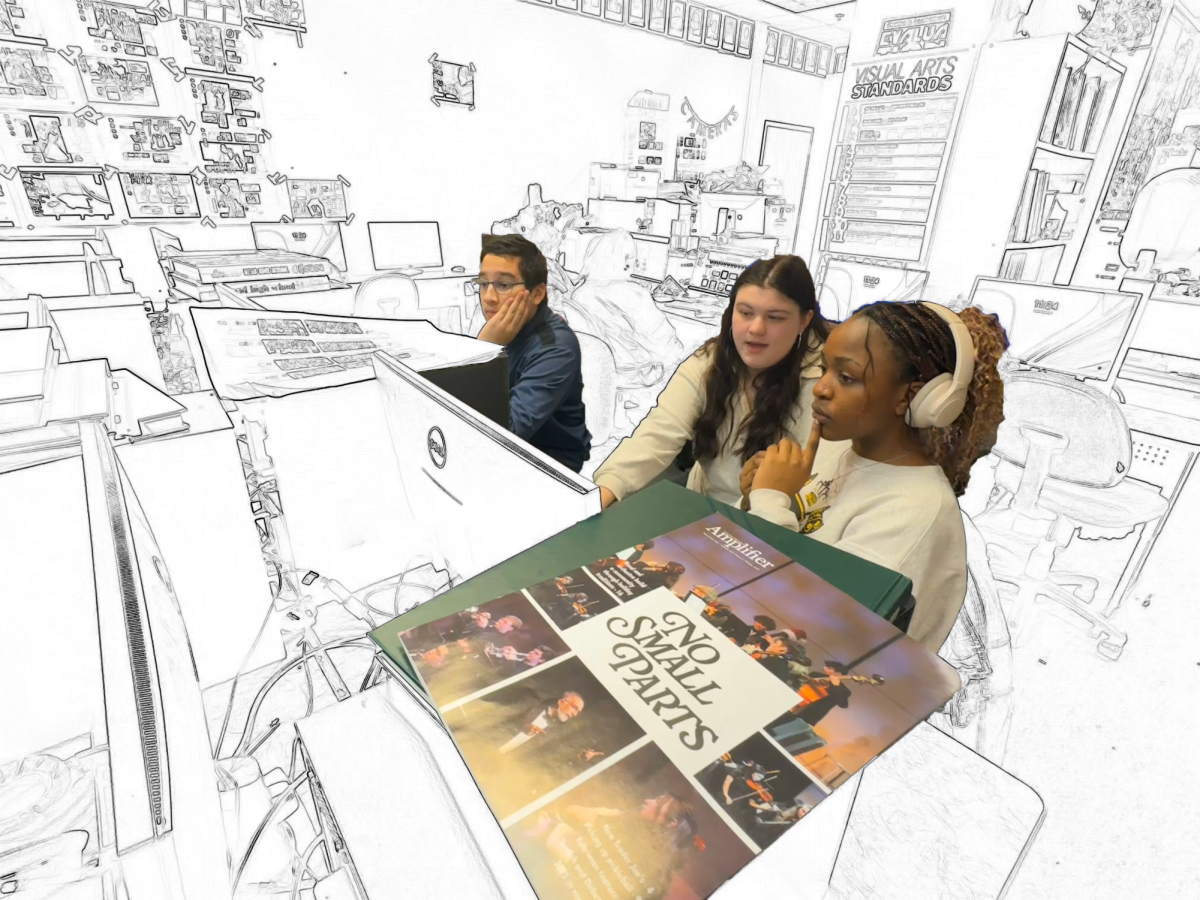


![Reaching out. Christopher Lesh, student at Central Catholic High School, serves ice cream during the event on March 2, 2025, at the Portland waterfront. Central Catholic was just one of the schools that sent student volunteers out to cook, prepare, dish, and serve food. Interact club’s co-president Rachel Gerber, junior, plated the food during the event. “I like how direct the contact is,” Gerber said. “You’re there [and] you’re just doing something good. It’s simple, it’s easy, you can feel good about it.”](https://wlhsnow.com/wp-content/uploads/2025/03/interact-1-edited-1200x744.jpg)
























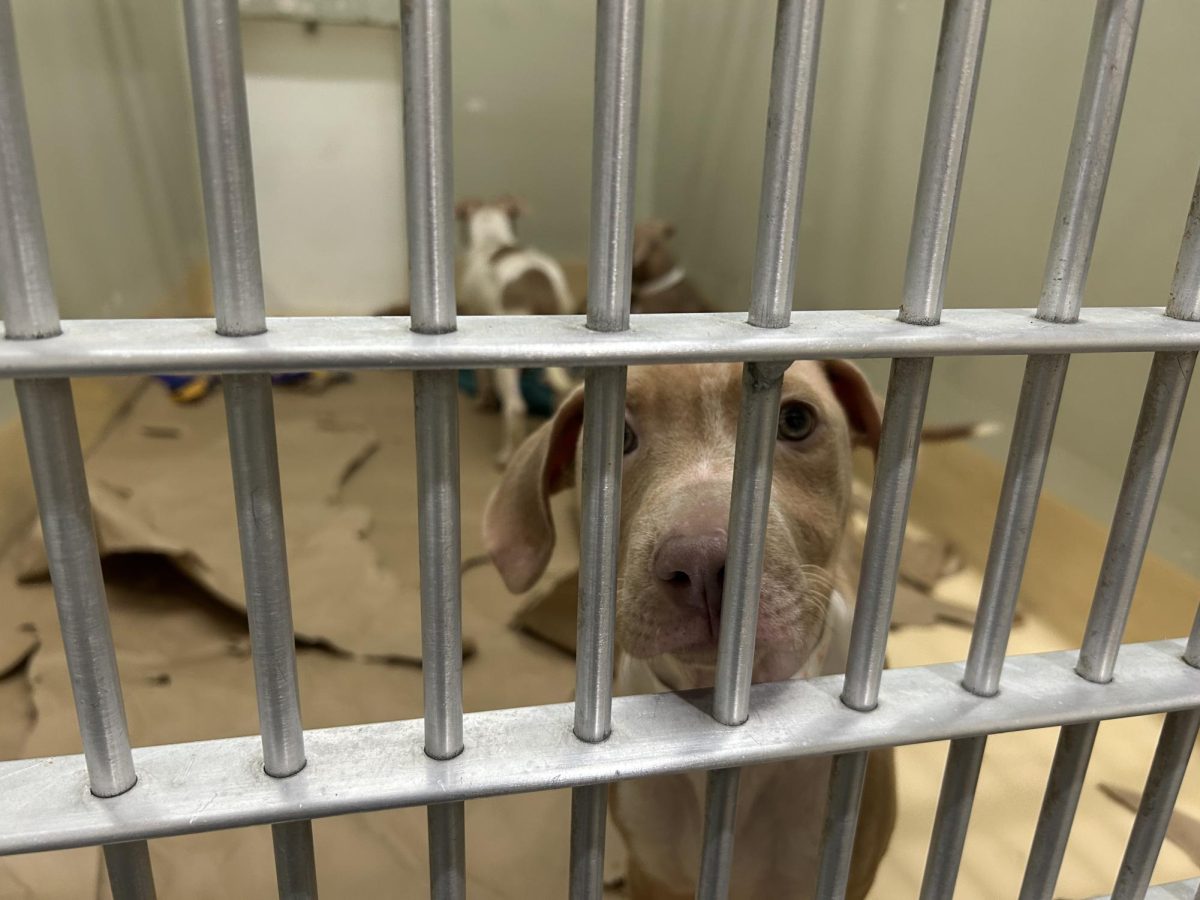


































![At the bottom of the third inning, the Lions are still scoreless. Rowe stands at home plate, preparing to bat, while Vandenbrink stands off to the side as the next batter up. Despite having the bases loaded, the team was unable to score any runs. “It’s just the beginning of the season. We’re just going to be playing out best by June, [and] that’s where champions are,” Rowe said.](https://wlhsnow.com/wp-content/uploads/2024/03/IMG_3077-1200x900.jpg)





























